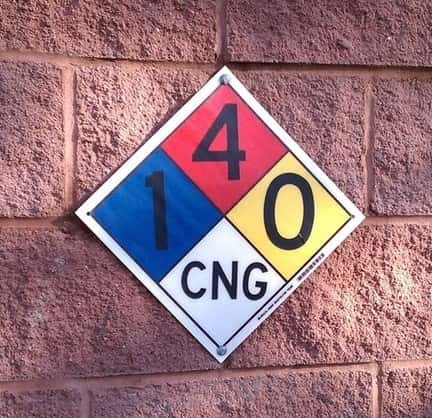 The Clean Vehicle Education Foundation recently completed a comprehensive document that provides fleet managers and other stakeholders with best practices for modifying maintenance facilities to accommodate natural gas vehicles (NGVs).
The Clean Vehicle Education Foundation recently completed a comprehensive document that provides fleet managers and other stakeholders with best practices for modifying maintenance facilities to accommodate natural gas vehicles (NGVs).
Report author Douglas B. Horne, who has been involved in the natural gas and NGV conversion sectors for more than four decades, recommends that all fleets begin their assessments by answering a series of questions:
- Does your maintenance facility meet existing code requirements for liquid fuels? (If not, what steps are necessary in order to get up to code?)
- Will the facility maintain vehicles that run on CNG, LNG or both fuel types?
- Will the facility provide minor repairs, major repairs or both?
- Will the minor repair area be physically separated from the major repair area?
- Will the facility's procedures include the venting and decommissioning of cylinders?
- Will the facility include an indoor or outdoor fueling station? (If a station will be installed in concert with the facility modifications, the overall plan should include that design and its possible interconnection with cylinder defueling.)
- Will the facility include indoor parking for NGVs?
The report makes it clear that specific, detailed evaluations must be performed for each facility, but the answers to the preceding questions will help a fleet manager determine the scope of the modification project.
An important point to recognize, however, is that if your facility is designed to service LNG vehicles, performing additional modifications are generally not necessary in order to also maintain or repair CNG vehicles. On the other hand, facilities that meet code for CNG vehicles might require some modifications in order to accommodate vehicles that use LNG.
In any case, fleet managers should contact the local authority that enforces code compliance to identify which codes require attention. The report says a good working relationship with that enforcement body will be critical in order for fleets to adequately address local concerns.
To initiate that good relationship, it is helpful to give the authorities a ‘completed project scope’ for the facility: the fuel types you will use, the maintenance activities you will perform, etc. Local enforcement bodies that have experience with CNG/LNG maintenance facility modifications can offer useful input about your development plans, the report says.
Turning to the facility being modified, it is first important to note that the site might have been built during a period when older codes prevailed. In such a case, a fleet manager will need to bring the facility up to code for liquid fuels generally.
Also important is whether the facility will perform minor repairs, major repairs or both. International Fire Code (IFC) defines major repair activities as those that involve a vehicle's fuel system in any fashion, or those that require open flames or welding. All other repairs are considered minor according to IFC. National Fire Protection Association (NFPA) code categorizes engine overhauls, painting, body and fender work, and any repairs that require the draining of a vehicle's fuel tank as major repairs.
The NFPA and IFC exempt minor repair facilities from all the code requirements specific to CNG and LNG. So, if your CNG/LNG maintenance facility will perform both minor and major repairs, it will be cost-effective to separate those areas. If you do not separate them, the entire facility might need to be classified as a major repair facility – adding cost to the modifications.
When adding CNG, LNG or both fuel types into a major repair facility, a number of requirements need to be met, such as those governing ventilation, sources of ignition, gas detection and electrical classification. The CVEF report goes into detail about these requirements, specifying what modifications are needed for maintaining NGVs that use each fuel type.
For more information about the CVEF and to access the report, click HERE.
Photo (C) NGT News






